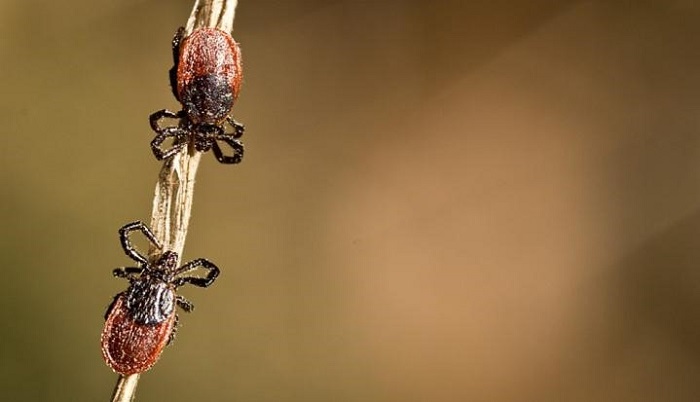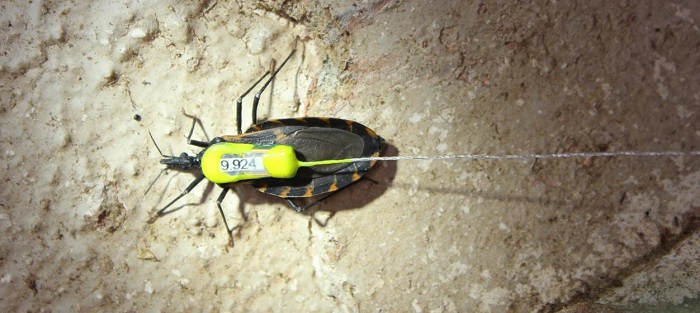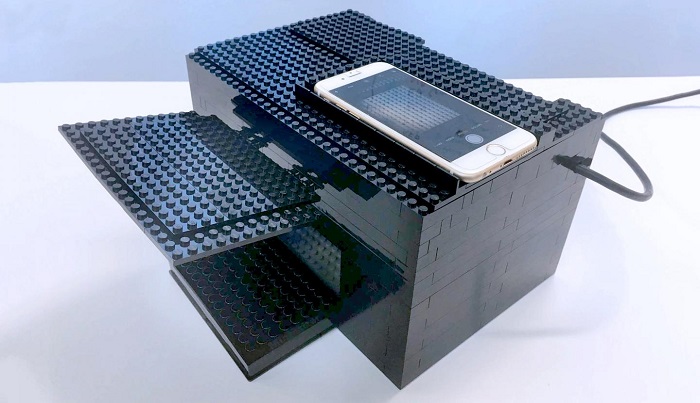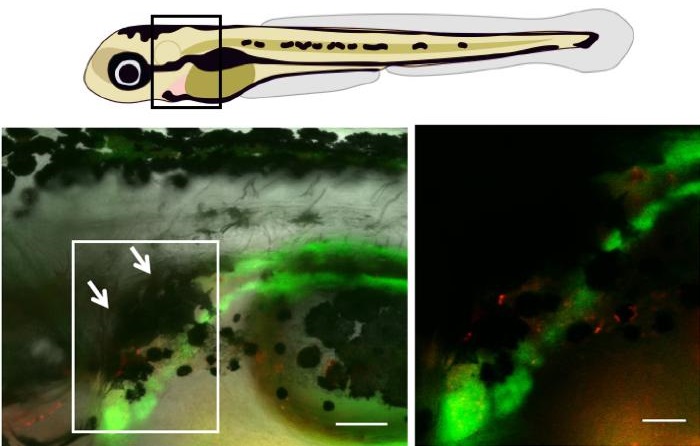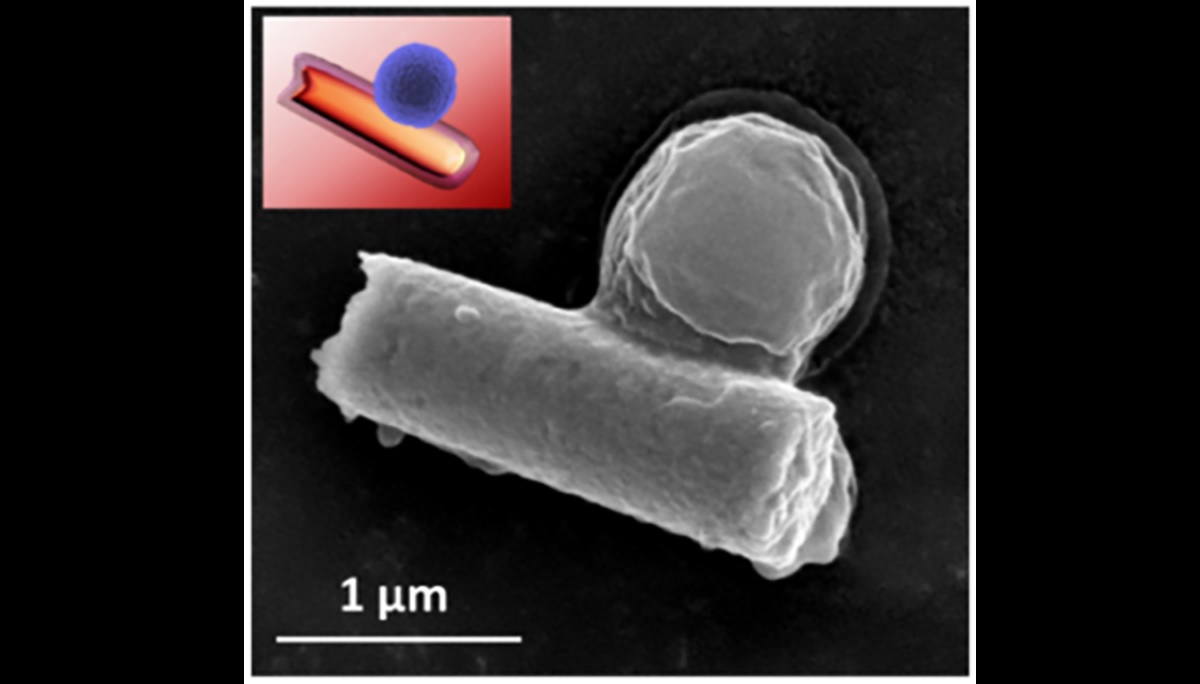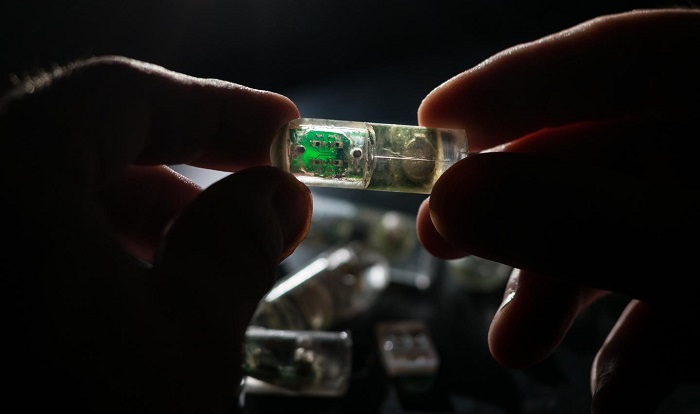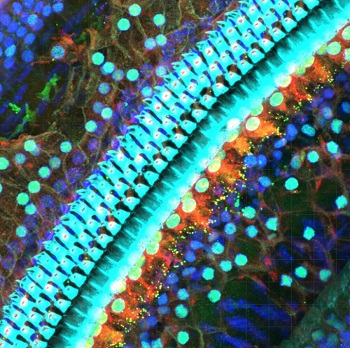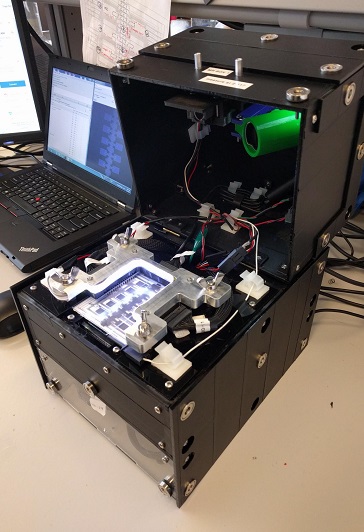Tracking Kissing Bugs
Miniature transmitters help scientists track a blood-sucking pest.
Lego Nerve Gas Detector
Chemists design a mobile, affordable nerve gas detector out of Lego bricks.
Oral Insecticides
An oral pesticide could turn the tables on biting insects.
Lifespan Limits
When it comes to lifespan, do humans have a fixed finish line?
eDermis
Synthetic skin can restore a richer sense of touch to prosthetic limb users.
Disoriented Alzheimer’s
Research into the brain's compass may help diagnose and treat Alzheimer's disease.
Stem Cell Umbrellas
Pigmented cells shade blood producing cells from sun damage in the kidneys of fish.
Bacteria-Busting Robot
Researchers design tiny robots to battle antibiotic-resistant bacteria.
Ingestible Medical Sensors
A capsule combines engineered bacteria and microchips to monitor the GI tract.
Brain Gaming
A video game helps neuroscientists discover new types of brain cells.
Malaria Odor
Distinctive odor compounds may help doctors find out who is infected with malaria.
Sea Snail Memory Transfer
What if you could have someone else’s memories?
Mental Microbes
Growing up on a farm could help protect people from certain disorders.
Grey Hair & Immune System
A new study suggests that turning grey could be related to the immune system.
Athletic Overtraining
Athletes sometimes train so hard they stymie their own progress.
Preventing Hearing Loss
Researchers are working to limit the hearing damage caused by loud noise.
Lab on a Chip
A palm-sized digital device could help track populations' risk for measles and other infectious diseases.
Tracking Pain in the Brain
Researchers make a map of the brain cells that transmit pain.
Camping Improves Sleep
More time spent outdoors resets circadian rhythms to help us get a full night’s sleep.
Neanderthal Dental Plaque
Dental plaque from ancient Neanderthals reveals that they used herbal remedies.
Sizing Up Dogs II
A listener asks whether it's true that large dogs don't live as long as small dogs.


